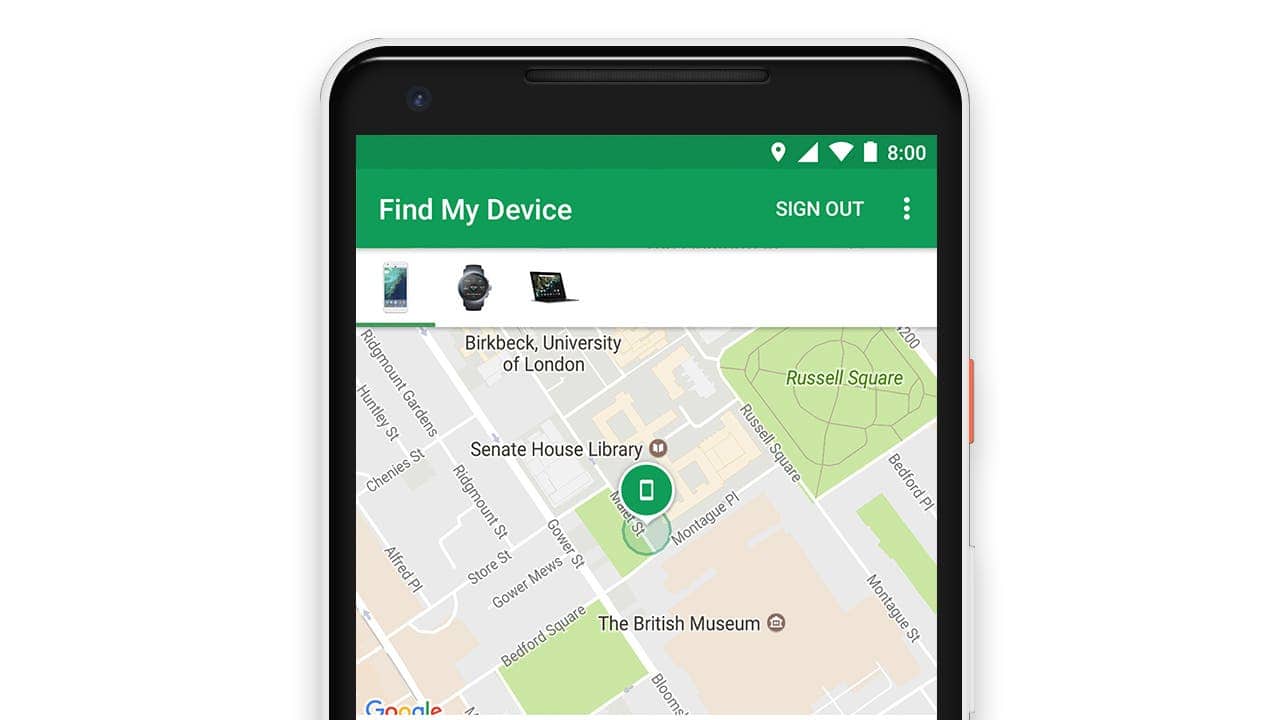Apple’s upcoming iOS 18 update is set to introduce a significant change for iPhone users in the EU. This new change will allow them to switch their default navigation app from Apple Maps to alternatives like Google Maps. The move marks a departure from previous restrictions that tied users to Apple’s native navigation app.
Apple has just updated the “DMA Compliance Report Non-Confidential Summary” document that mentions some upcoming iOS changes. One plan is to allow iPhone users in the EU to change the default navigation app from Change ‘Map’ to something else:
Apple also plans to introduce a new default navigation app option in Settings. Apple aims to provide this solution by March 2025.
If anything, EU users will be able to see this change in iOS 18 and even in some iOS 17 version updates.
At the same time, to meet the requirements of the European Union “Digital Market Act“, Apple released a “default browser” option for users in the iOS 17.4 release. With this, users can choose the browser they want to use as default, and it also supports third-party search engines. Apple’s decision to allow iPhone users in the EU to change their default navigation app in iOS 18 marks a shift towards greater user choice and flexibility. The move is in line with efforts to comply with regulations and improve the user experience.
Impact of this change on iOS 18
The introduction of this feature will empower users by giving them the freedom to choose their preferred navigation app such as Google Maps instead of Apple Maps. This change is expected to streamline navigation processes and cater to different user preferences.

Compliance with Apple’s regulatory requirements
The decision to implement this feature in iOS 18 is in line with regulatory requirements, especially in the European Union. By offering more options for navigation apps, Apple is adapting to regulatory frameworks while encouraging competition and innovation.
Additionally, Apple is preparing to add the “Delete Safari from iPhone” feature through iOS updates before the end of this year. The default browser on Apple’s iOS has always been Safari. However, if the user has other browsers installed, they can also manually set other browsers as the default option. The selection interface now appears as required by law.
Elsewhere, Apple also plans to introduce a “security solution” later this year that will expand app analytics data globally. This will allow users to authorize developers to access data related to their users’ data (provided Apple has access to that data and the user has consented to their data being shared with the developer).
Gizchina News of the week
Apple’s effort to comply with DMA
Apple is making efforts to comply with the Digital Markets Act (DMA) in the European Union by introducing changes to iOS, Safari and the App Store. These changes include over 600 new APIs, advanced app analytics, and functionality for alternative app distribution and payment processing. Apple aims to protect the security, privacy, and safety of users by implementing safeguards such as iOS app notarization, marketplace developer permissions, and alternative payment disclosures to reduce the risks posed by DMA.
To address concerns raised by governments and consumers about the risks of allowing alternative app stores and payment processors on iOS, Apple is working to innovate and protect consumers while complying with the laws in all countries in which they operate. Apple’s compliance with DMA includes creating new options for developers and users. This includes enabling sideloading for EU users to download apps from sources other than the App Store. It is also an alternative option for app distribution and payments.
Improving user experience and industry responsiveness
By allowing users to choose their default navigation app, Apple aims to improve the overall iPhone user experience. This change reflects a customer-centric approach that prioritizes user convenience and satisfaction.
The tech community has shown interest and anticipation regarding this upcoming feature in iOS 18. Users and developers alike are looking forward to the increased flexibility and customization options it will bring. The industry believes that Apple’s move to allow iPhone users in the EU to change their default navigation app in iOS 18 represents a significant step towards. This would improve user choice and experience.

Conclusion
In conclusion, Apple’s decision to allow European iPhone users to change their default navigation app in iOS 18 represents a significant shift towards greater user empowerment and regulatory compliance. The move, prompted by the European Union’s Digital Markets Act, signifies Apple’s commitment to fostering competition, improving consumer choice and improving the overall user experience.
The introduction of this feature is expected to streamline navigation processes and cater to different user preferences, ultimately enabling users to choose the navigation app that best suits their needs. Additionally, Apple’s proactive approach to regulatory compliance demonstrates its commitment to complying with legal frameworks while innovating to protect the security, privacy and safety of users.
As Apple prepares to roll out changes to iOS, Safari and the App Store to comply with the Digital Markets Act, the tech community is eagerly anticipating the impact of these developments. With over 600 new APIs, advanced app analytics, and functionality for alternative app distribution and payment processing, Apple is poised to create new opportunities for both developers and consumers while maintaining its commitment to user-centered design and innovation .
Overall, Apple’s compliance efforts and consumer-centric approach underscore its commitment to improving the digital ecosystem while providing a safe and secure environment for consumers around the world. The industry’s response to these upcoming changes reflects anticipation and optimism for the future of iOS and Apple’s continued leadership in the mobile technology landscape.
Apple iOS 18 will allow EU iPhone users to change their default navigation app from Maps

